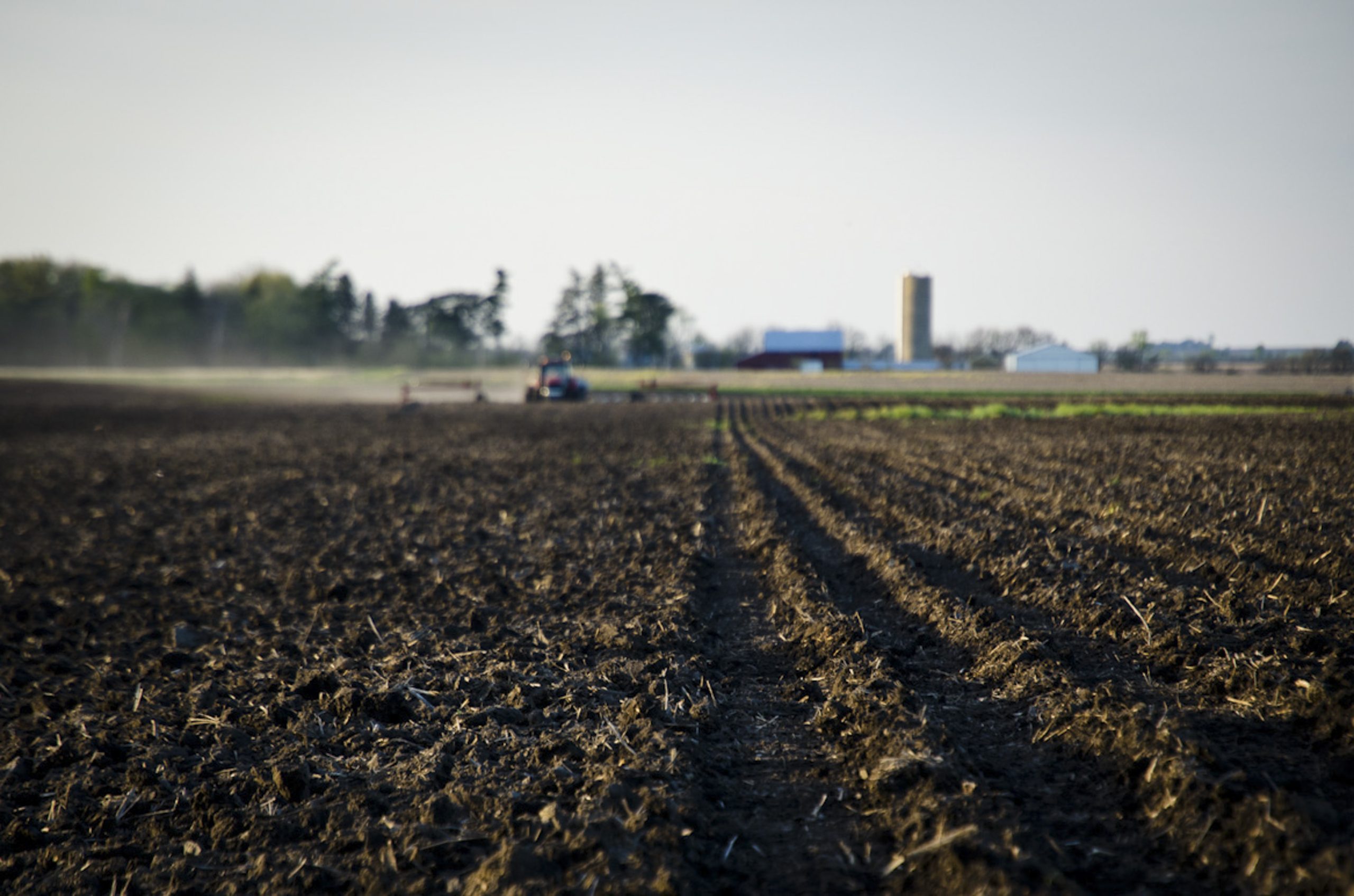Decisions, Decisions: Growers Face Many as Planting Rolls On
Hastening the Crop Canopy
Not surprisingly, growers usually measure the crop season by final yield. While we know yield is the ultimate goal, are there some early season indicators that signal a productive crop? Fortunately, yes. In the spring, a grower need look no further than crop canopy.
Perhaps not a common observation, the timing of early season plant mass can tell us a lot about yield potential. The quicker we can get a crop to canopy, or the V6 growth stage for corn, the more time the plants have to absorb sunlight to fuel photosynthesis and the more shade we have for the soil, which helps optimize temperatures and water availability. These fundamental elements of crop production lay the foundation for production throughout a growing season.
So, what can we do to help expedite that speed to canopy and, in the end, improve yield potential?
We’ve seen some key factors. We’d like to share a few. In part two of our three-part blog series on early season crop considerations, we look at planter and field setup opportunities.
At Advanced Agrilytics, we believe the race to crop canopy starts early.
Decisions, Decisions: Growers face many as planting rolls on
Pull the planter out of the shed, fill the planter boxes and start putting seed in the ground. That’s all there is to it, right? No, and especially not this year with so many variables at play, says Aaron Gault, lead agronomist for Advanced Agrilytics.
Not only has a wet, cool spring presented challenging field conditions, but also input availability, cost, and wild swings in commodity prices have given growers a lot more to think about.
“Even before we dive into the prescriptive side of managing the crop it’s going to be about the planter and planter maintenance that we need to focus on,” Gault says. “A key part of that is making sure we have even emergence. And when you think of everything that affects that emerging seedling it goes back to how it is set into the trench. Are all the seeds planted at a consistent depth and are they all planted into moisture?”
Soil conditions are a major determining factor to achieving proper seed depth. If soil is a little wetter than in an ideal planting environment, deeper planted seed may experience stunted growth. If soil is drier than preferred, seed may need to be planted deeper to find the moisture line necessary to get the seed off to a good start. And if a worked field is littered with clods the planter may bounce as it travels over the ground, causing uneven planting depths.
“We need to be looking at downforce management, making sure we understand what the monitor is telling us about ground contact,” Gault says. “Do we have good ground contact? What’s the planter ride like — do we have a lot of bounce in that row unit? Do we need to apply more downforce?”
Another concern is the vegetation already growing in the field. Gault says growers will have to decide how they approach weed control, whether as a pre-emergence treatment — and perhaps delaying planting — or as a post-emerge burndown after seeds are planted in weedy fields. Again, it comes back to putting seed in the best environment for even emergence.
Then there’s high input prices and unpredictable commodity markets. Fertilizers are harder to come by this year, and those that are available may come with extreme sticker shock. Meanwhile, corn and soybean prices are volatile and keep growers guessing what crop they will plant, and whether they should stick with rotations.
Gault says growers might think to themselves, “corn prices bumped up and maybe it’s the right thing to go ahead and plant a couple hundred acres of corn. But then, wait a minute, I don’t know if I can get any more nitrogen. So, can we really look to change plans at the snap of a finger without knowing the snowball effect caused from an input standpoint?
“I think that’s a big piece that’s so different this year. Normally we’ll put a cropping plan together in December, and that plan is pretty much locked in. This year we had a December, a February, a March, an April, and now a May plan because that dynamic is changing with price and availability of product, and also how the commodity prices are changing. So, the question becomes: What makes sense for the grower?”
This year, perhaps as much as any other in recent memory, requires growers to painstakingly plan what and how much and when they plant to reach early emergence and maximize productivity. Gault suggests growers consult with their agronomist as they make those difficult decisions.
A good place to start is with Advanced Agrilytics. With a staff of experienced agronomists, Advanced Agrilytics provides field diagnostics and crop prescriptions at the sub-acre level all year long. For more information visit www.advancedagrilytics.com or email info@advancedagrilytics.com.
Aaron Gault, Lead Agronomist & Advanced Agrilytics Co-Founder
